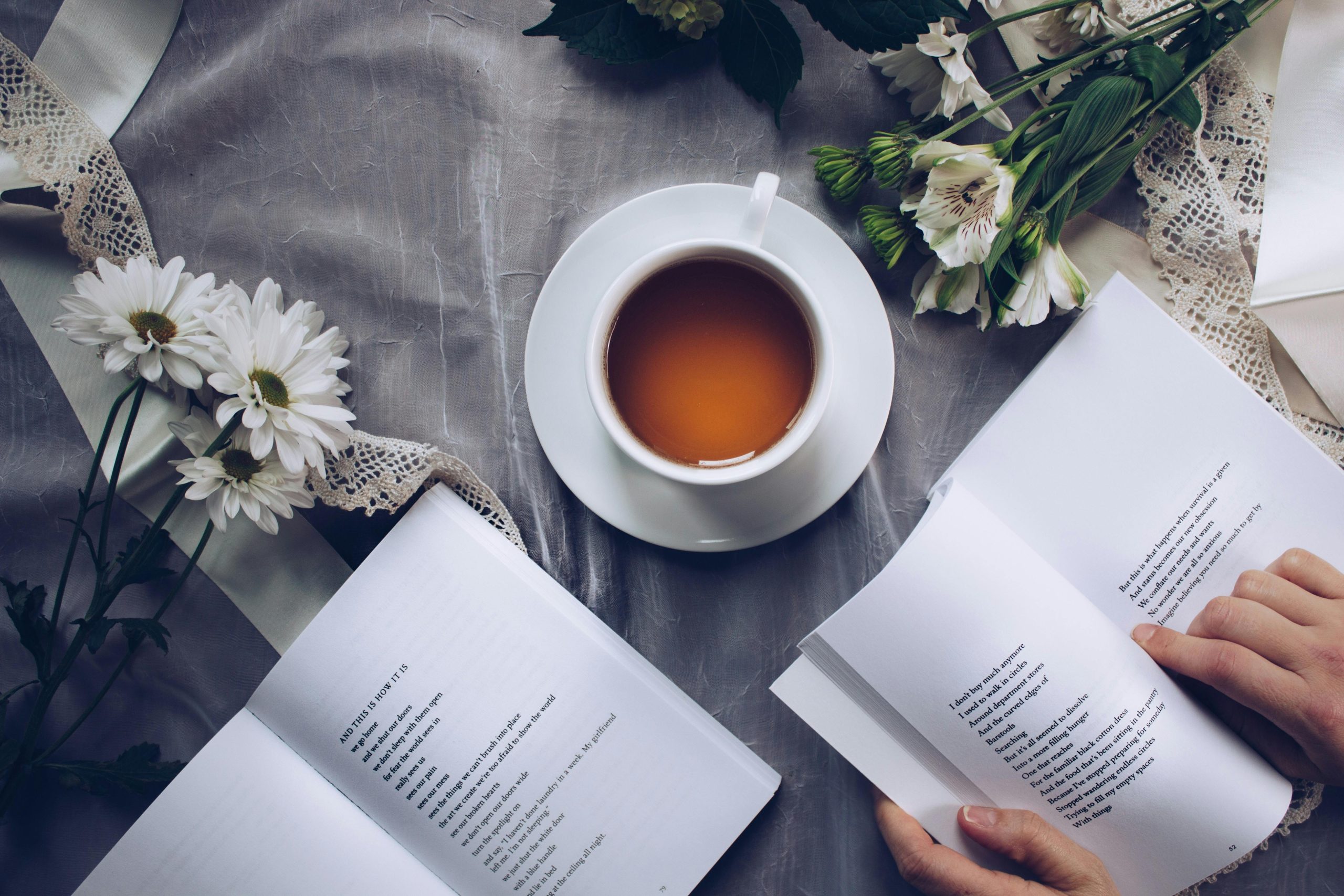Table of Contents
![]()
Herbal teas, often referred to as tisanes, are a delightful and diverse category of beverages made from infusing herbs, flowers, fruits, and spices in hot water. Unlike traditional teas derived from the Camellia sinensis plant, herbal teas offer a wide range of flavors and potential health benefits. This article delves into the fascinating world of herbal teas, exploring their types, benefits, preparation methods, and cultural significance.
Introduction to Herbal Teas
Definition and Differentiation
Herbal teas are not technically teas but rather infusions of various plant materials other than tea leaves. While traditional teas like black, green, and white are made from the Camellia sinensis plant, herbal teas encompass a broader range of ingredients including herbs, flowers, fruits, and spices. This distinction is crucial for understanding the diverse nature of herbal teas and their unique characteristics.
History and Cultural Significance
The use of herbal teas dates back to ancient civilizations. In Traditional Chinese Medicine (TCM), herbs have been used for thousands of years to promote health and balance. Similarly, Ayurvedic practices in India have long utilized herbs for their therapeutic properties. Over time, herbal teas have evolved from ancient remedies to widely consumed beverages in modern times, appreciated for both their taste and purported health benefits.
Types of Herbal Teas
Herbal Infusions
Herbal infusions are made by steeping herbs, flowers, or fruits in hot water. The process is similar to making traditional tea but uses non-tea plant materials. Common examples include:
- Chamomile Tea: Known for its calming effects, chamomile is often used to aid sleep and reduce stress.
- Peppermint Tea: Popular for its refreshing flavor and digestive benefits, peppermint tea can help with nausea and digestive discomfort.
Herbal Decoctions
Herbal decoctions involve simmering harder plant materials, such as roots and bark, to extract their active components. Examples include:
- Ginger Tea: Made from simmering fresh ginger root, this tea is celebrated for its anti-inflammatory properties and effectiveness in alleviating nausea.
- Astragalus Tea: Used in traditional Chinese medicine, astragalus is known for its immune-boosting qualities.
Blended Herbal Teas
Blended herbal teas combine multiple herbs to create synergistic effects. These blends are often crafted to address specific health needs or to offer a balanced flavor profile. Examples include:
- Detox Blends: Often combining herbs like dandelion and burdock root, these blends are designed to support the body’s natural detoxification processes.
- Sleep Blends: Typically containing herbs such as valerian root and lavender, these blends aim to promote relaxation and improve sleep quality.
Health Benefits of Herbal Teas
Common Herbs and Their Benefits
Herbal teas are often consumed for their health benefits, which vary depending on the herbs used. Here are some commonly used herbs and their associated benefits:
- Chamomile: Provides relaxation and may help with sleep issues and digestive discomfort.
- Peppermint: Known for its soothing effects on the digestive system and its ability to freshen breath.
- Ginger: Offers anti-inflammatory benefits and can alleviate nausea and aid digestion.
- Echinacea: Often used to support the immune system and potentially reduce the duration of colds.
Scientific Research and Evidence
While many of the health benefits of herbal teas are supported by traditional use, scientific research is increasingly exploring their efficacy. Studies have shown promising results for some herbs, though more research is needed to fully understand their effects and potential limitations. It is important to consider that while herbal teas can support health, they should not replace medical treatment.
Preparing Herbal Teas
Selection of Herbs
Choosing high-quality herbs is essential for making great herbal tea. Fresh herbs offer vibrant flavors, while dried herbs are convenient and have a longer shelf life. When sourcing herbs, look for reputable suppliers who provide information about the origin and quality of their products.
Brewing Techniques
The preparation of herbal teas can vary depending on the type of herb and the desired strength of the tea. General guidelines include:
- Infusions: Steep herbs in hot water for about 5-10 minutes, adjusting time based on taste and strength preference.
- Decoctions: Simmer harder plant materials in water for a longer period, usually 10-30 minutes.
Flavoring and Enhancing
Herbal teas can be enjoyed on their own or enhanced with additional ingredients. Consider adding sweeteners like honey, a splash of milk, or a slice of lemon to complement the flavors. Custom blends can be created by combining different herbs to suit personal taste and health goals.
Popular Herbal Teas Around the World
Traditional Herbal Teas
Different cultures have their own traditional herbal teas, each with unique properties and preparations:
- Traditional Chinese Medicine (TCM): Includes teas like chrysanthemum and goji berry, used for various health benefits.
- Ayurvedic Teas: Incorporate herbs such as tulsi and licorice root, which are valued for their balancing properties.
- European Traditions: Feature teas like nettle and rosehip, often used for their restorative and immune-boosting effects.
Modern Trends and Innovations
In recent years, herbal teas have gained popularity in ready-to-drink formats and as part of wellness-focused trends. Functional blends targeting specific health concerns, such as stress relief or improved sleep, are widely available and cater to modern lifestyles.
Growing and Harvesting Herbal Plants
Growing Herbs at Home
Cultivating herbs at home is a rewarding way to ensure a fresh supply of tea ingredients. Popular herbs for home gardening include mint, chamomile, and lemon balm. Growing herbs requires attention to soil quality, sunlight, and regular watering.
Harvesting and Storing
Proper harvesting and storage are crucial for maintaining the quality of herbs. Harvest herbs when they are at their peak, typically just before they flower. Dry herbs in a well-ventilated area away from direct sunlight and store them in airtight containers to preserve their potency.
Safety and Precautions
Potential Side Effects and Interactions
While herbal teas are generally safe for most people, they can have side effects or interact with medications. Allergic reactions, digestive issues, and herb-drug interactions are possible. It is important to consult a healthcare professional before incorporating new herbs, especially if you are pregnant, nursing, or taking medication.
Recommended Usage and Dosage
Moderation is key when consuming herbal teas. Follow recommended guidelines for dosage and avoid excessive consumption of any single herb. Consulting with a healthcare provider can help ensure that herbal teas are used safely and effectively.
Conclusion
Herbal teas offer a rich and varied experience for those interested in exploring new flavors and potential health benefits. From traditional practices to modern innovations, herbal teas continue to be a beloved choice for their taste and therapeutic properties. By understanding the types, benefits, and preparation methods of herbal teas, individuals can enjoy these beverages while making informed choices about their health and wellness.
Share This





Be the first to comment